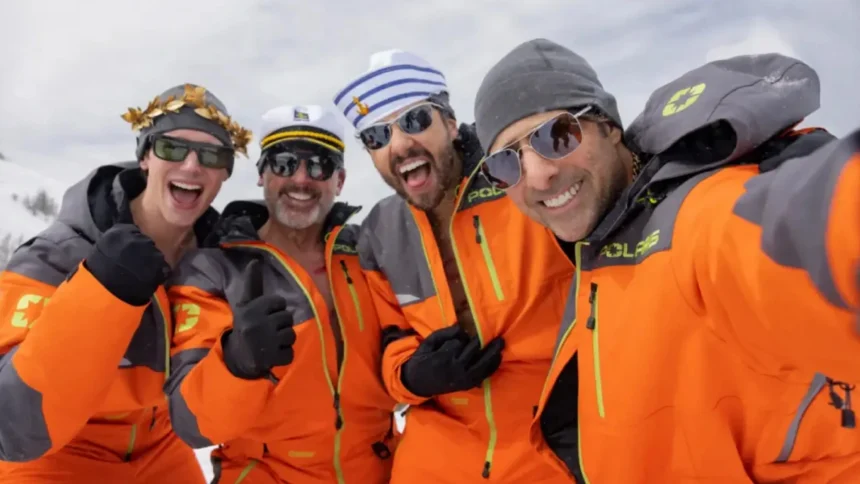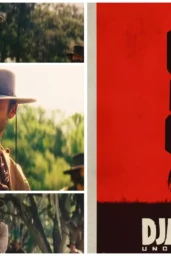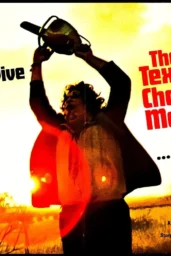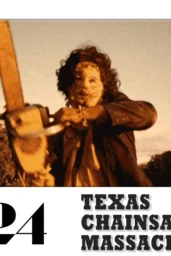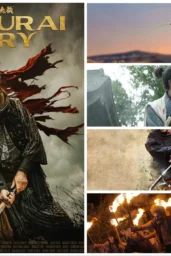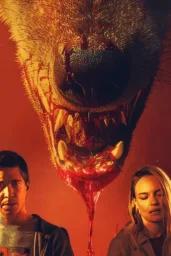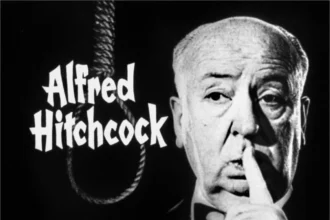Nothing prepared me for when Jesse Armstrong, the mastermind behind Succession, decided to pull a filmmaking stunt straight out of a Roger Corman fever dream. His new HBO film, Mountainhead, was shot in just five days. Five. Days. Let that sink in—like a Netflix algorithm, Hollywood recycles ideas until they're stale, but this? This is something else.
When HBO Max head Casey Bloys revealed that Mountainhead was shot in a mere five days, it wasn't just a flex—it was a seismic shift (Variety). Armstrong, fresh off wrapping Succession in 2023, pitched this project in December, wrote it, shot it in five days (or “something like that,” as Bloys put it), and now it's set to premiere on May 31, 2025. That's less than three months from pitch to screen. In an industry where productions can drag on for months, this is practically a miracle—or a madness.
Let's break it down. Mountainhead isn't some low-budget indie; it's an HBO film starring Steve Carell, Jason Schwartzman, Ramy Youssef, and Cory Michael Smith (Wikipedia). These aren't just names—they're heavy hitters. The plot? A group of billionaire friends reuniting during a global economic crisis, set against the snowy luxury of Park City, Utah. It's Succession meets The Big Short, with Armstrong's signature sharp satire and social commentary.
But here's teh kicker: shooting a feature film in five days is almost unheard of, especially for a project with this level of talent and production value. Historically, only low-budget exploitation films like Roger Corman's Little Shop of Horrors (shot in two days) or The Terror (three days) have pulled off such feats (FilmDaily). Those were quick-and-dirty productions, often reusing sets and cutting corners. Mountainhead? It's backed by HBO, with a budget that screams “quality,” not “quick fix.”
So, how did they do it? The answer might lie in the film's structure. Mountainhead is described as a “crazy experiment,” and its tight schedule suggests a highly scripted, meticulously planned shoot. Perhaps Armstrong leaned into the single-location setting (a hallmark of fast-filming classics like David Mamet's Henry Johnson, also shot in five days). Or maybe he borrowed from modern one-shot wonders like Victoria, which was filmed in real-time with no cuts. Whatever the method, it's clear Armstrong isn't just playing with fire—he's redefining the rules of the game.
This isn't just about speed—it's about relevance. Mountainhead's plot—billionaires navigating an international crisis—feels ripped from today's headlines. Economic instability, social unrest, tech moguls wielding power like gods—this is the world we're living in. By shooting quickly, Armstrong ensures the film stays sharp, not dulled by the passage of time. It's a bold move, especially in an era where streaming platforms demand content at breakneck speed.
But there's a risk. With only five days, there's no room for error. No time for retakes, for exploring alternate takes, for the organic evolution that often happens on set. It's a high-stakes gamble: if Mountainhead lands, it could set a new standard for efficient filmmaking. If it flops, it might be dismissed as a gimmick.
Ramy Youssef, one of the film's stars, has already hinted at its tone, calling it “funny in the same way Succession is” (Variety). This suggests Armstrong hasn't sacrificed his biting wit for speed. The trailer, released in April 2025, shows the billionaires in matching orange snowsuits, grinning smugly as the world burns, with headlines like “Sectarian Violence Escalates in India” flashing in the background (The Guardian). It's timely, maybe too timely.
To understand the significance, let's look back. In the past decade, we've seen a few films push the boundaries of quick production. Victoria (2015) was shot in real-time, a single take lasting 138 minutes (FilmDaily). It was a technical marvel, but it was also an exception, not the rule. Then there's 1917 (2019), which used long takes to create the illusion of a continuous shot, but its production spanned months. Even Alfred Hitchcock's Rope (1948), a pioneer of long takes, relied on seven-to-ten-minute segments due to film stock limits (Wikipedia).
What makes Mountainhead different? It's not just the speed—it's the context. Armstrong isn't a first-time director; he's a proven hitmaker with Succession under his belt. He's not just experimenting with form; he's doing it with a major network's backing and a cast that could carry any project. This isn't a scrappy indie; it's a statement. Coincidentally, David Mamet's Henry Johnson, also shot in five days, shares a similar single-location approach, suggesting a mini-trend among established directors testing the limits of efficiency.
As Mountainhead gears up for its May 31 premiere on HBO and Max, the film industry is holding its breath. Will this five-day wonder redefine how we make movies, or will it be a cautionary tale of ambition gone too far? One thing's for sure: Jesse Armstrong isn't just telling a story—he's challenging the very fabric of filmmaking. You'll either love this or hate it. Here's why: it's a gamble that could change everything—or nothing. Would you risk everything for a five-day shoot? Comment below.
| Aspect | Details |
|---|---|
| Film Title | Mountainhead |
| Director/Writer | Jesse Armstrong |
| Cast | Steve Carell, Jason Schwartzman, Ramy Youssef, Cory Michael Smith |
| Production Time | 5 days (March 2025) |
| Premiere Date | May 31, 2025, on HBO and Max |
| Setting | Park City, Utah |
| Plot | Billionaires reunite during a global economic crisis |
| Historical Comparisons | Roger Corman's Little Shop of Horrors (2 days), Victoria (real-time) |

